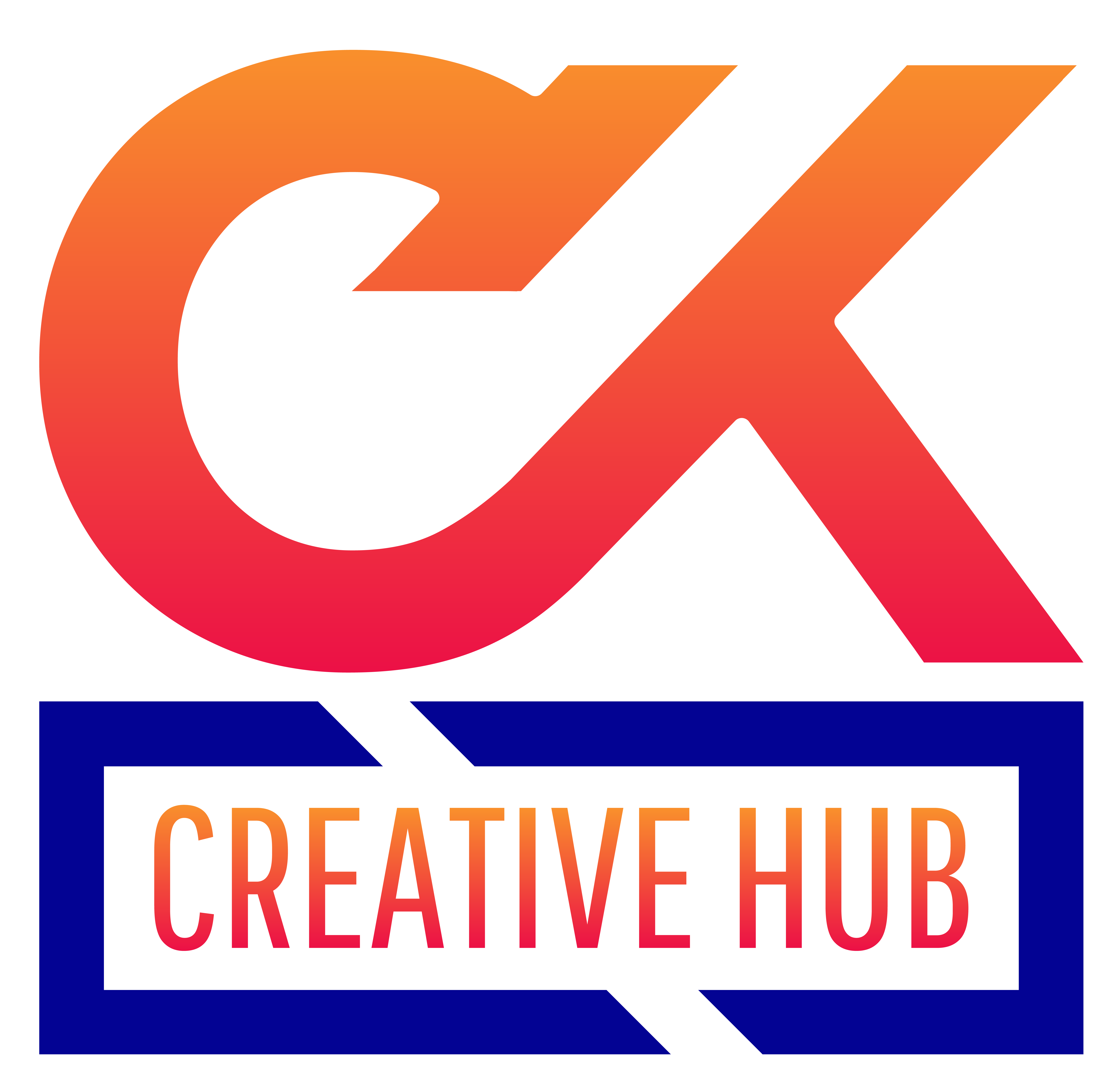
In today’s digital-first world, content marketing has emerged as the backbone of successful brand growth. With 82% of marketers actively investing in content creation (HubSpot, 2023), the competition to capture audience attention is fierce. However, simply producing content isn’t enough—strategic planning, execution, and optimization are critical to stand out. This comprehensive guide dives into proven content marketing strategies that drive brand visibility, engagement, and revenue, supported by actionable insights and real-world examples.
Table of Contents
ToggleWhat is Content Marketing?
Content marketing is a strategic approach focused on creating, distributing, and amplifying valuable, relevant content to attract and engage a target audience. Unlike traditional advertising, which interrupts consumers with direct sales pitches, content marketing aims to educate, entertain, or inspire audiences, fostering trust and building long-term relationships. According to the Content Marketing Institute, 73% of B2B marketers and 70% of B2C marketers use content marketing to drive brand awareness, loyalty, and conversions.
Core Purpose of Content Marketing
The primary goal is to deliver value that aligns with audience needs, positioning your brand as a trusted resource. For example:
HubSpot offers free marketing guides to attract business leaders.
Red Bull creates adrenaline-fueled videos to resonate with adventure enthusiasts.
By addressing pain points or interests, brands organically guide users through the buyer’s journey—from awareness to purchase and advocacy.
Understanding Content Marketing’s Role in Brand Growth
Content marketing is the art of delivering value-driven, relevant content to attract and retain a clearly defined audience. Unlike traditional advertising, it focuses on building trust and authority rather than direct promotion. According to the Content Marketing Institute, brands with documented content strategies achieve 414% more website traffic and 67% higher lead generation than those without.
Why It Matters:
- Builds Brand Authority: Consistently publishing high-quality content positions your brand as an industry thought leader.
- Drives Organic Traffic: SEO-optimized content attracts free, sustainable traffic from search engines.
- Nurtures Customer Relationships: Educational or entertaining content fosters loyalty and long-term engagement.
Audience Research: The Foundation of Effective Content
Creating content without understanding your audience is like shooting arrows in the dark. Start with these steps:
Define Buyer Personas
Develop detailed profiles of your ideal customers, including:
- Demographics (age, gender, location)
- Pain points and challenges
- Goals and preferences
- Content consumption habits (e.g., blogs, videos, podcasts)
Tools: Use surveys (Typeform), analytics (Google Analytics), and social listening (Brandwatch) to gather data.
Analyze Competitors
Identify gaps in competitors’ content strategies using tools like SEMrush or Ahrefs. For example, if rival brands lack video tutorials, prioritize creating them to fill the void.
Map the Customer Journey
Tailor content to each stage:
- Awareness: Blog posts, infographics, and social media posts addressing top-of-funnel (TOFU) questions.
- Consideration: Case studies, whitepapers, and webinars for mid-funnel (MOFU) decision-making.
- Decision: Product demos, testimonials, and free trials for bottom-of-funnel (BOFU) conversions.
SEO-Driven Content Creation
Search engine optimization (SEO) ensures your content ranks high on Google, driving organic growth.
Keyword Research
Seed Keywords: Start with broad terms like “content marketing strategies.”
Long-Tail Keywords: Target specific phrases like “B2B content marketing strategies for SaaS startups.”
Tools: SEMrush, AnswerThePublic, and Google Keyword Planner.
Pro Tip: Prioritize keywords with high search volume and low competition. For instance, “how to create a content calendar” typically faces less competition than the broader term “content marketing.”
On-Page SEO Best Practices
Title Tags: Ensure you include your primary keywords and keep the title under 60 characters.
Meta Descriptions: Write compelling summaries with keywords (150–160 characters).
Header Tags (H1, H2, H3): Structure content for readability and SEO.
Internal Linking: Link to related blog posts or resources to boost site authority.
Example: Backlinko’s guide to SEO is a masterclass in on-page optimization, earning over 500K monthly visits.
Technical SEO
Mobile Optimization: Ensure fast load times and responsive design (Google’s Mobile-Friendly Test).
XML Sitemaps: Help search engines crawl and index pages efficiently.
Schema Markup: Enhance rich snippets (e.g., recipes, FAQs) for higher click-through rates (CTRs).
Content Types That Drive Engagement
Diversify formats to cater to different audience preferences:
Blog Posts
How-To Guides: Step-by-step tutorials (e.g., “Developing a Content Marketing Strategy for 2024”).
Listicles: “10 Essential Tools to Enhance Your Content ROI.”
Pillar Pages: In-depth resources like “The Ultimate Guide to Digital Marketing.”
Case Study: HubSpot’s blog generates 6.3 million monthly visits by blending educational and actionable content.
Video Content
Short-Form Videos: TikTok/Reels for quick tips or behind-the-scenes glimpses.
Webinars: Deep dives into industry trends with guest experts.
Live Streaming: Real-time Q&A sessions on YouTube or LinkedIn.
Example: Moz’s Whiteboard Friday series simplifies complex SEO topics, earning 2M+ annual views.
Visual Content
Infographics: Simplify data-heavy topics (use Canva or Venngage).
Interactive Tools: Quizzes, calculators, or ROI estimators.
Podcasts: Repurpose blog content into audio formats for on-the-go audiences.
Content Distribution: Amplifying Reach
Even the best content fails without strategic distribution.
Social Media
Platform-Specific Strategies:
LinkedIn: Share industry reports and thought leadership articles.
Instagram: Use carousels and Stories for visual storytelling.
Pinterest: Optimize pins with keywords for evergreen traffic.
Tool: Buffer or Hootsuite for scheduling cross-platform posts.
Email Marketing
Newsletters: Share blog updates, curated industry news, and exclusive offers.
Drip Campaigns: Nurture leads with automated, behavior-triggered emails.
Example: TheSkimm’s daily newsletter blends humor and brevity, boasting 7 million subscribers.
Guest Posting
Publish articles on high-authority sites like Forbes or Entrepreneur to tap into new audiences. Include backlinks to your site for SEO benefits.
Case Study: Ahrefs built its domain authority to 91 through strategic guest blogging.
Leveraging User-Generated Content (UGC)
UGC builds authenticity and trust. Encourage customers to share experiences via:
- Reviews/Testimonials: Feature on your website or social media.
- Social Media Challenges: Create branded hashtags (e.g., Coca-Cola’s #ShareACoke).
- Contests: Offer incentives for photos, videos, or blog submissions.
Example: GoPro’s #GoProHero campaign generated 4.5M+ user submissions, driving a 10% revenue boost.
Repurposing Content for Maximum ROI
Extend the lifespan of existing content:
- Turn blogs into YouTube videos or LinkedIn articles.
- Compile blog posts into an e-book or online course.
- Create infographics from whitepapers.
Tool: Loomly’s content recycling templates streamline repurposing workflows.
Analytics and Performance Tracking
Measure success with these KPIs:
- Traffic: Page views, unique visitors (Google Analytics).
- Engagement: Time on page, social shares, comments.
- Conversions: Lead generation, sales, email sign-ups.
Tool: Google Data Studio for custom dashboards visualizing key metrics.
Emerging Trends in Content Marketing
Stay ahead with these innovations:
- AI-Powered Content: Tools like Jasper.ai or ChatGPT for ideation and drafting.
- Voice Search Optimization: Target conversational queries (e.g., “What’s the best CRM for small businesses?”).
- Interactive Content: Augmented reality (AR) experiences or shoppable videos.
Case Study: Sephora’s Virtual Artist app increased online sales by 11% through AR try-ons.
Building a Scalable Content Team
- In-House Writers: Hire specialists in SEO, storytelling, and industry expertise.
- Freelancers: Platforms like Upwork or Contently for niche topics.
- Agencies: Partner with firms for end-to-end content strategy and production.
Conclusion
- Mastering content marketing requires a blend of creativity, data-driven decisions, and adaptability. By understanding your audience, optimizing for SEO, diversifying content formats, and leveraging distribution channels, brands can achieve sustainable growth in a crowded digital marketing landscape. As algorithms and consumer behaviors evolve, staying agile and prioritizing value will ensure your content not only resonates but also drives measurable business outcomes. Start implementing these strategies today to transform your brand into a content powerhouse.

